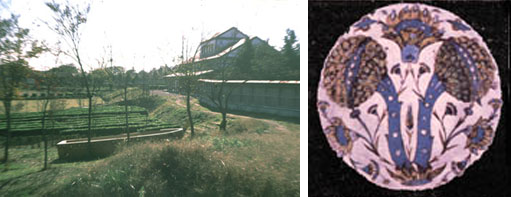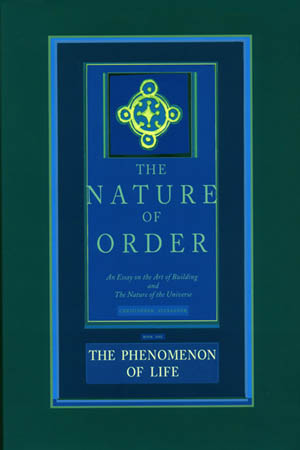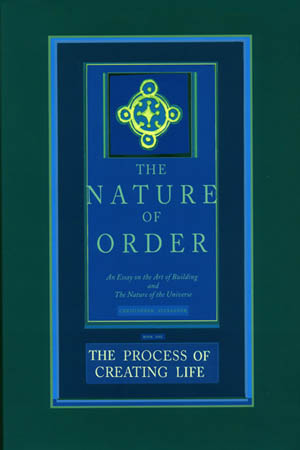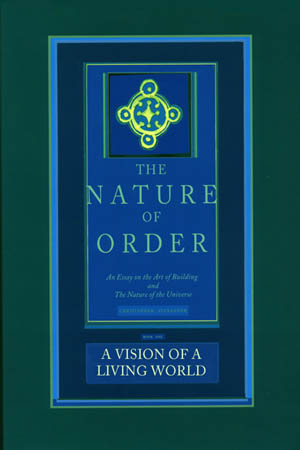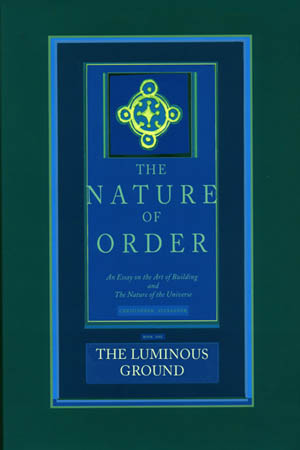Here is acclaimed architect Christopher Alexander's four-volume masterwork: the result of 27 years of research and a lifetime of profoundly original thinking.
Alexander has advanced a new theory of architecture, matter, and organization, that has attracted thousands of readers and practical followers throughout the world. His grasp of the fundamental truths of traditional ways of building, and his understanding of what gives life and beauty and true functionality to towns and buildings, is put forth in a context that sheds light on the character of order in all phenomena. Taken even further, hundreds of examples are given to show how the theory has been put to use in his many projects around the world.
These concepts reach far beyond the field of architecture. Scholars and practitioners in many fields are finding the relevance of these ideas to their own areas of study and practice—physics, biology, philosophy, cosmology, anthropology, computer science, and religious studies, and more.
The four books, each one an essay on the topic of living structure, are connected and interdependent. Each sheds light on one facet of living structure: first, the definition; second, the process of generating living structure; third, the practical vision of an architecture guided by the concept of living structure; and fourth, the cosmological underpinnings and implications brought into being by the idea of living structure.


